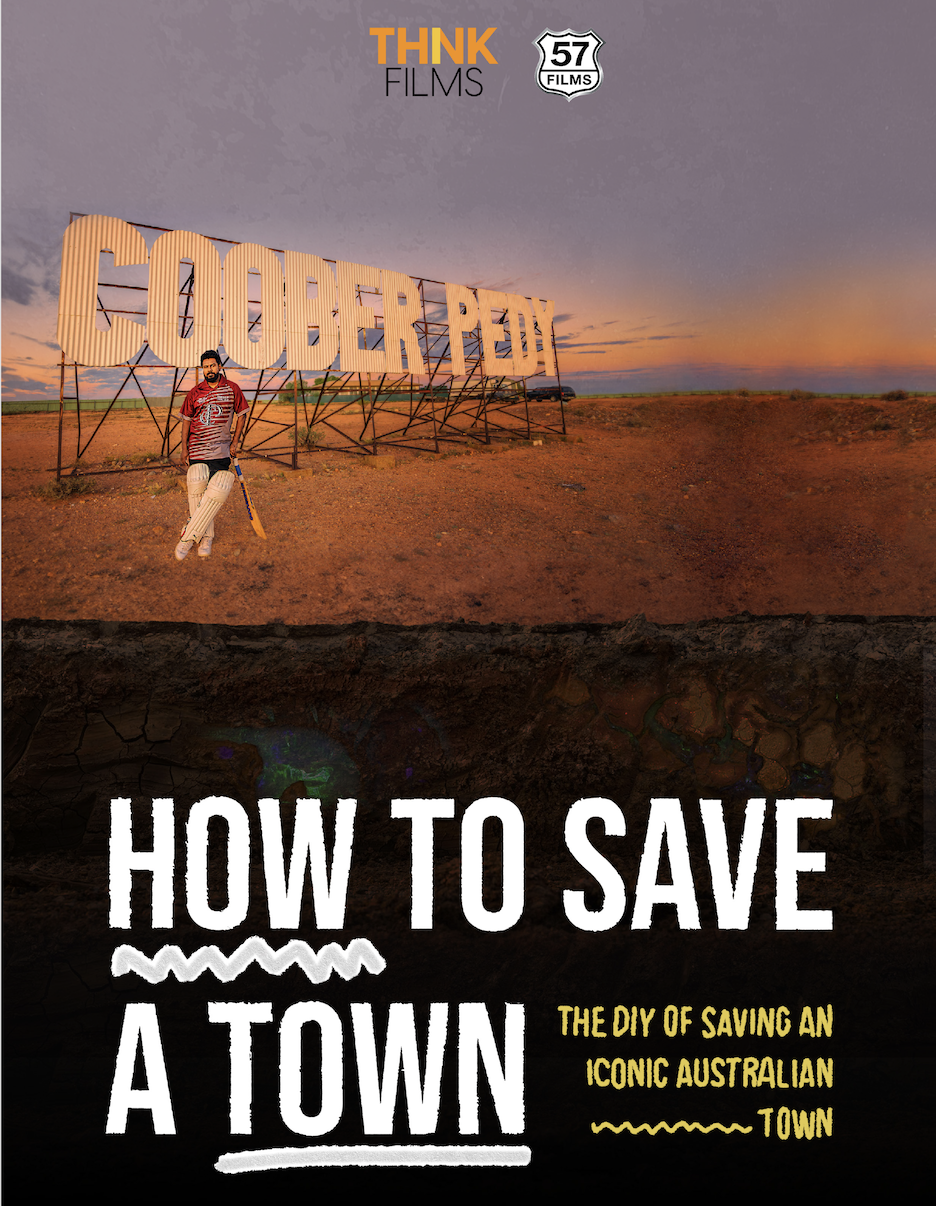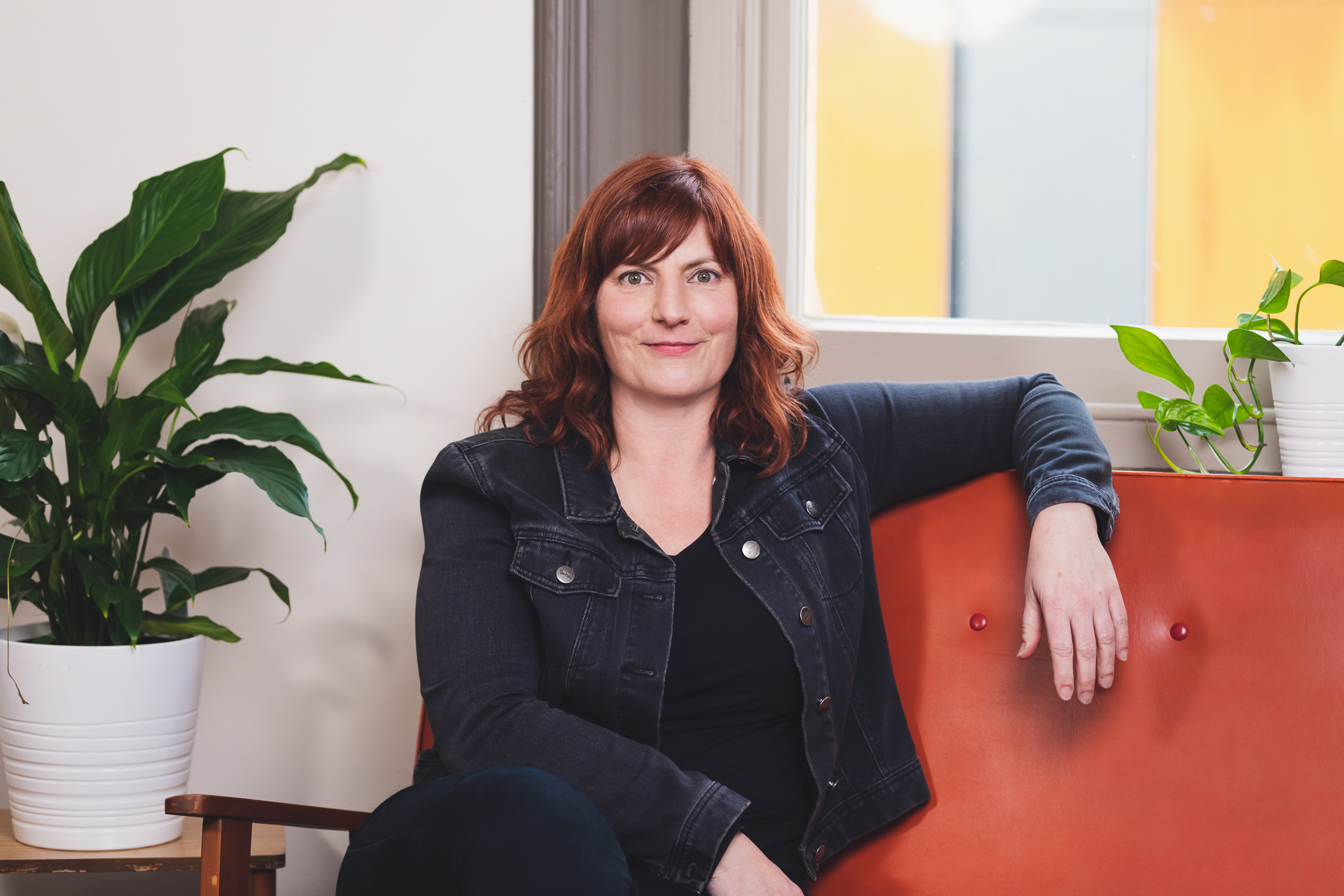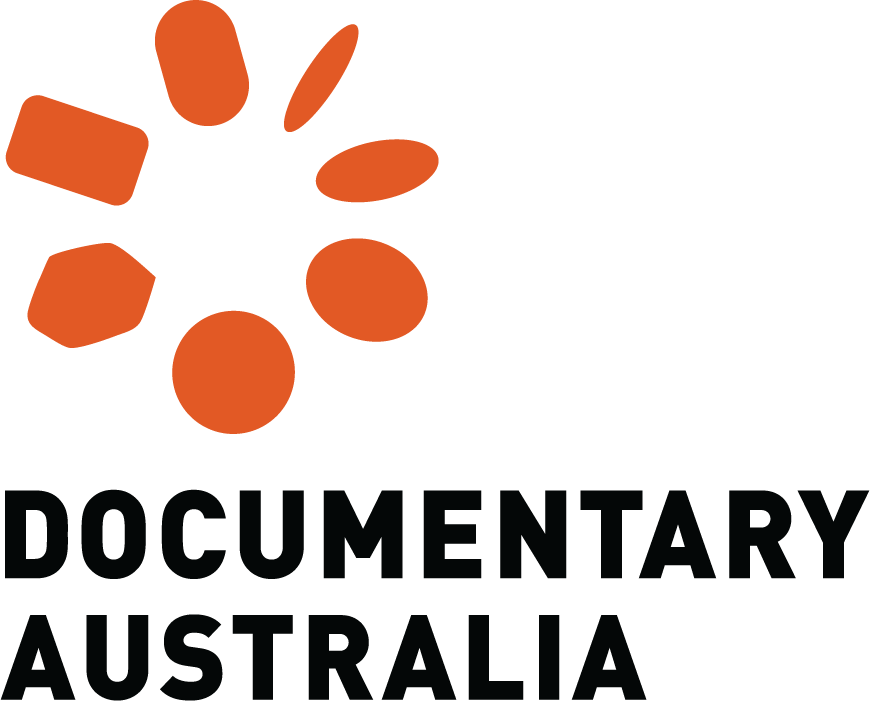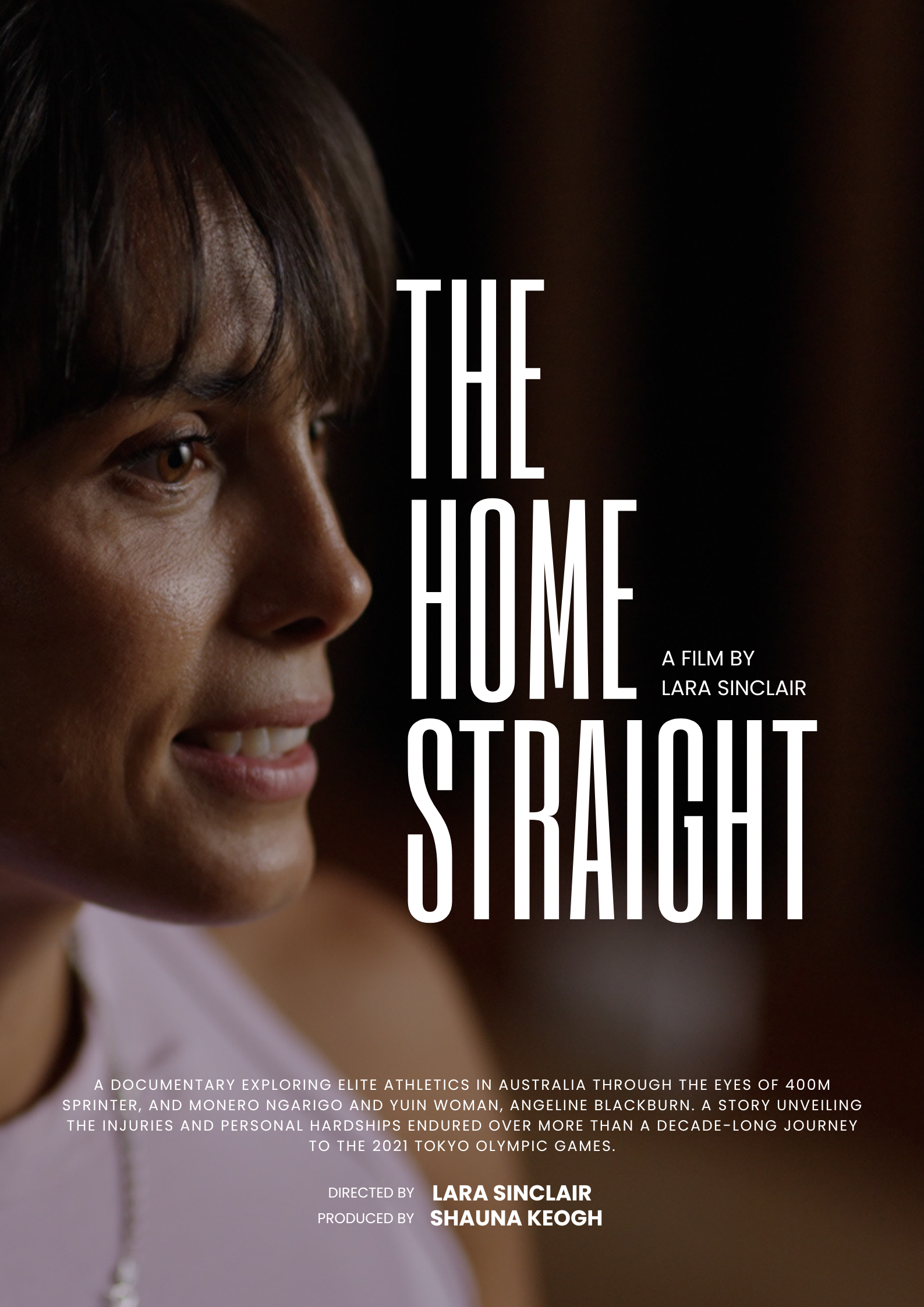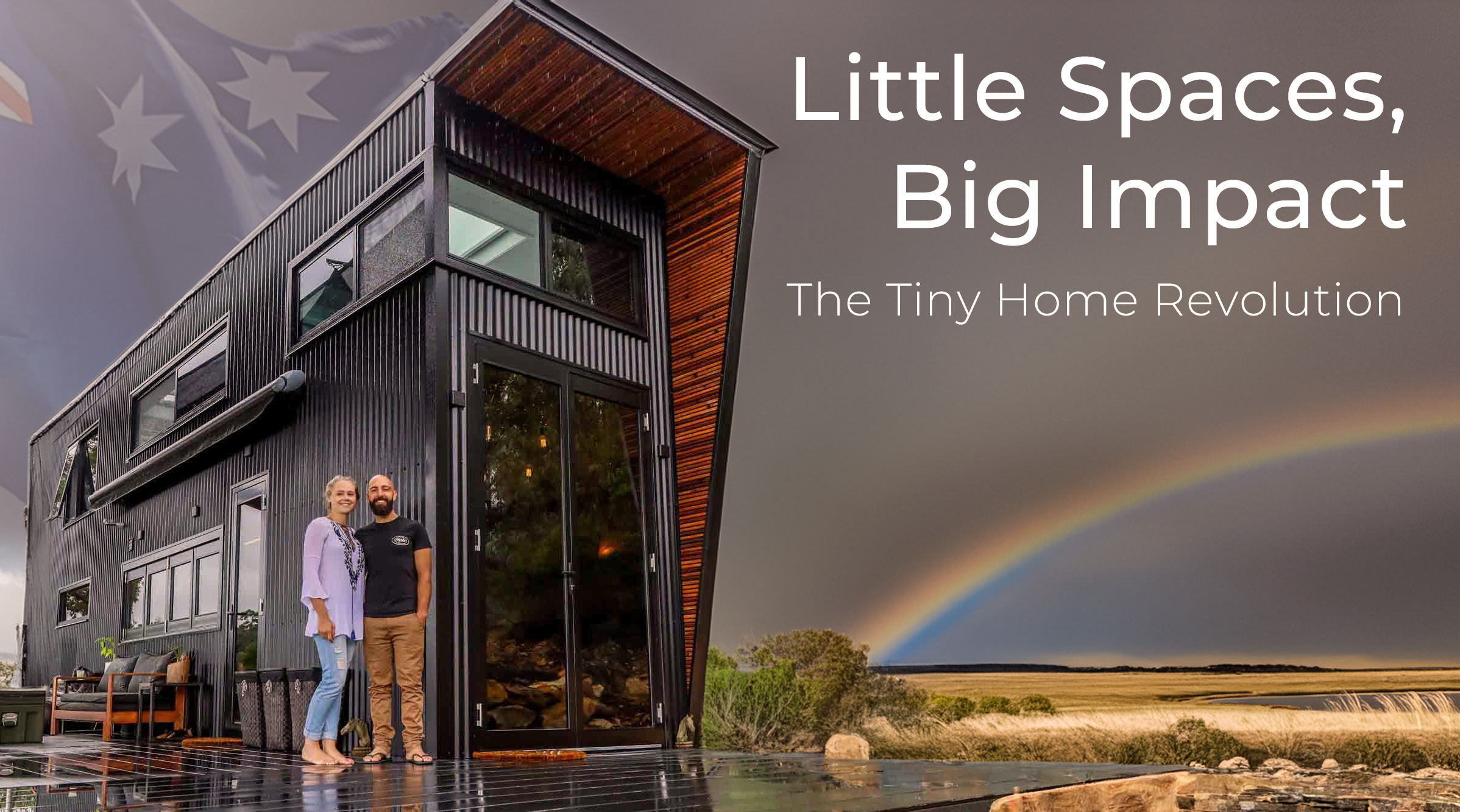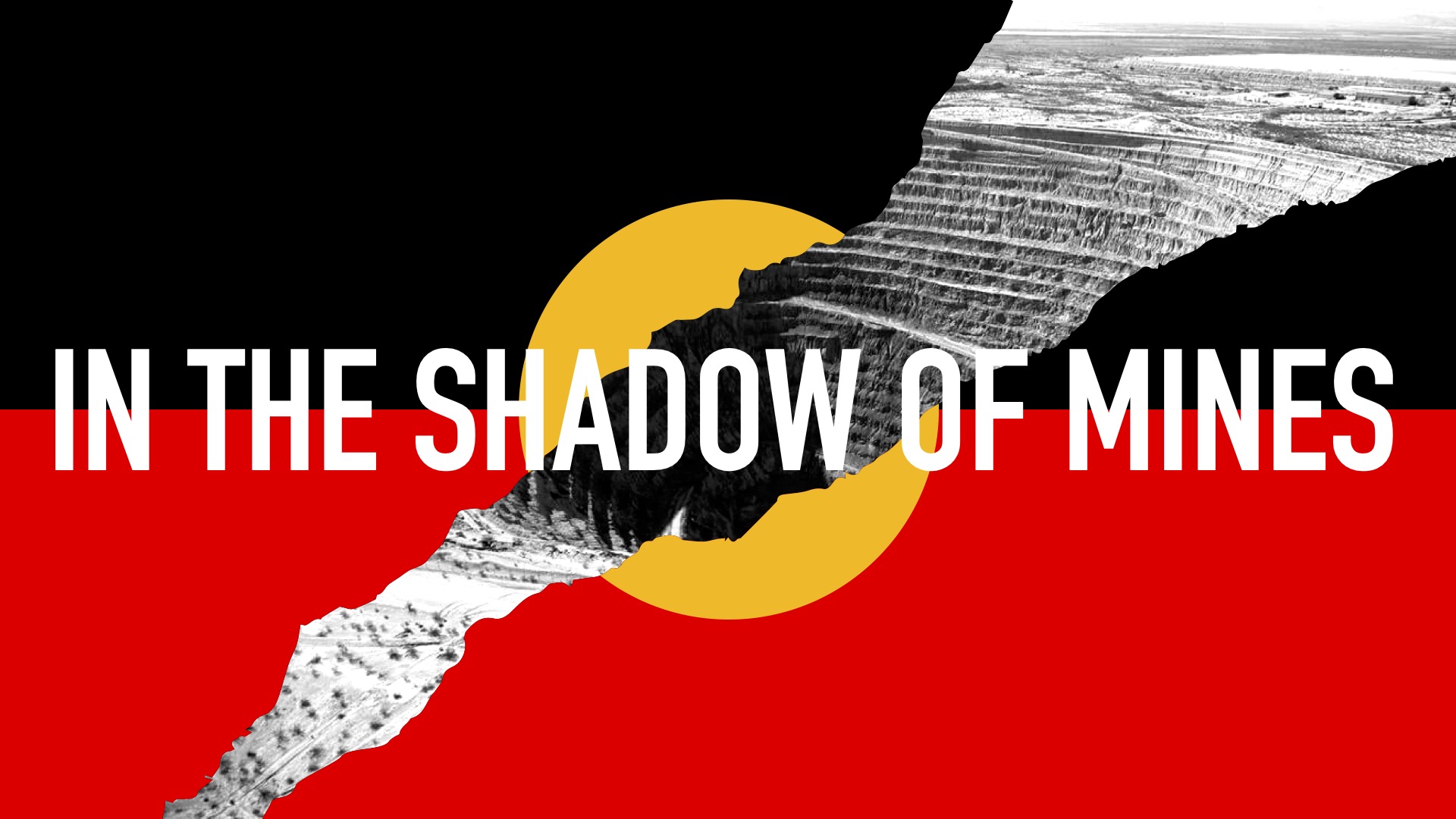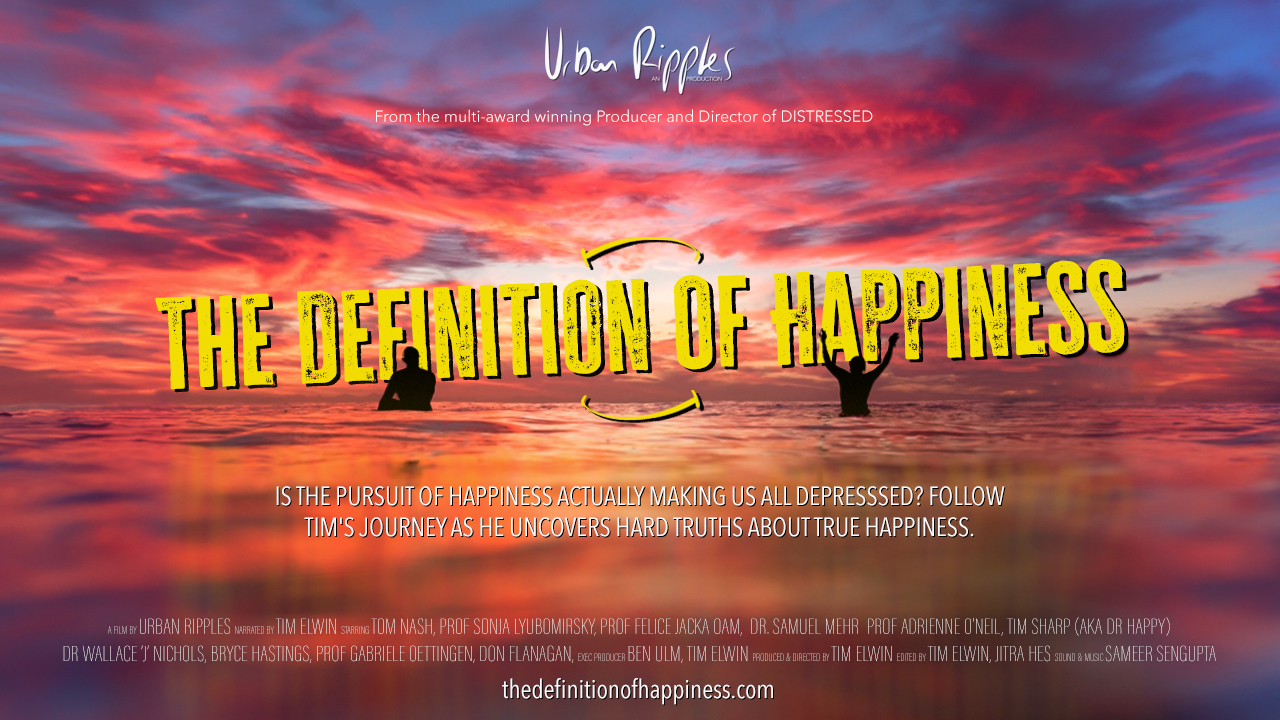In the middle of the stark and arid Australian desert stands a glimmering jewel: the small outback town of Coober Pedy. With only 1500 residents this unusual town, where the locals live in underground dugouts, was built on the back of opal mining, drawing people from all over the world to chase their fortunes. But now, this once prosperous town full of riches, is broke. Community services have been cancelled, rubbish has been left uncollected and potholes line broken roads. Hundreds of residents have left, leaving the future of the town hanging in the balance. The town was placed in administration following years of soaring debts and maladministration, and for the last few years caretakers and administrators have been faced with an impossible task. In recent times, hardships have spilled over into hostility. Amidst the fractured community, a motley crew of residents seek to rewrite the story of
Coober Pedy’s future. How to Save a Town is a feature documentary that follows the town’s fight for survival, told through the raw unfolding drama, tensions, disappointments, and successes of a passionate community group determined to restore the town’s former glory. Or, at least, unite the community again with a shared sense of hope for the future. After all, it’s home.
Lara Damiani is a filmmaker with a passion for social change. With
over a decade of experience, Lara has produced and directed a range of
inspiring and thought-provoking documentaries that have captivated
audiences around the world.
In 2008, Lara produced and directed her first feature documentary “Tibet’s Cry
for Freedom”. Since then, she has continued to make her mark in the industry
with her recent productions including “A Place to Call Home” (ABC) in 2020
and “Little Bang’s New Eye” (SBS) in 2021. Her interactive multimedia
documentary “Banjo Morton: The Untold Story” has also been making waves
since its release last year.
Lara’s work extends beyond traditional screen platforms. She has produced
documentary films for various government agencies and NGOs, including the
World Bank, United Nations Development Program, Relief International, and
Sight for All.
